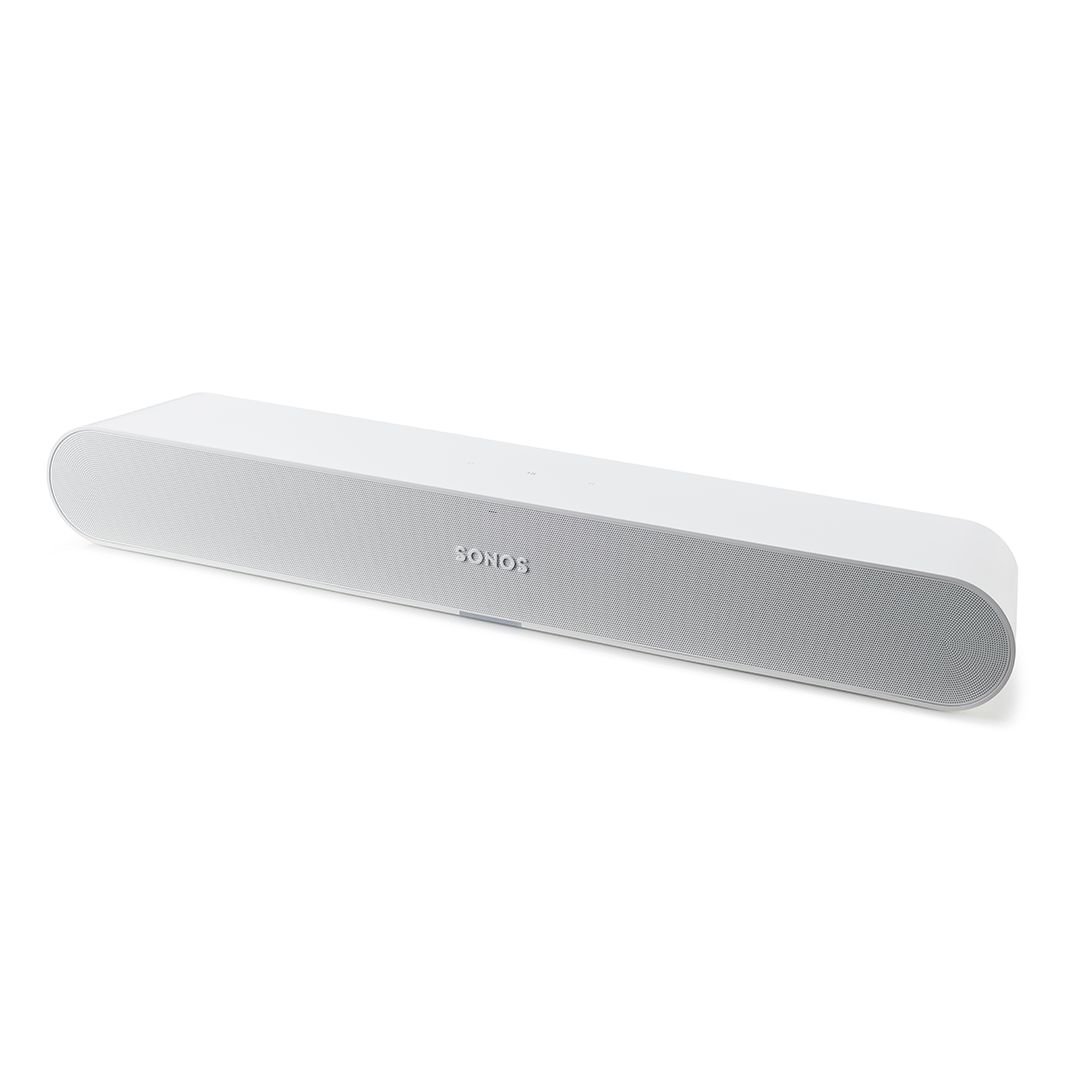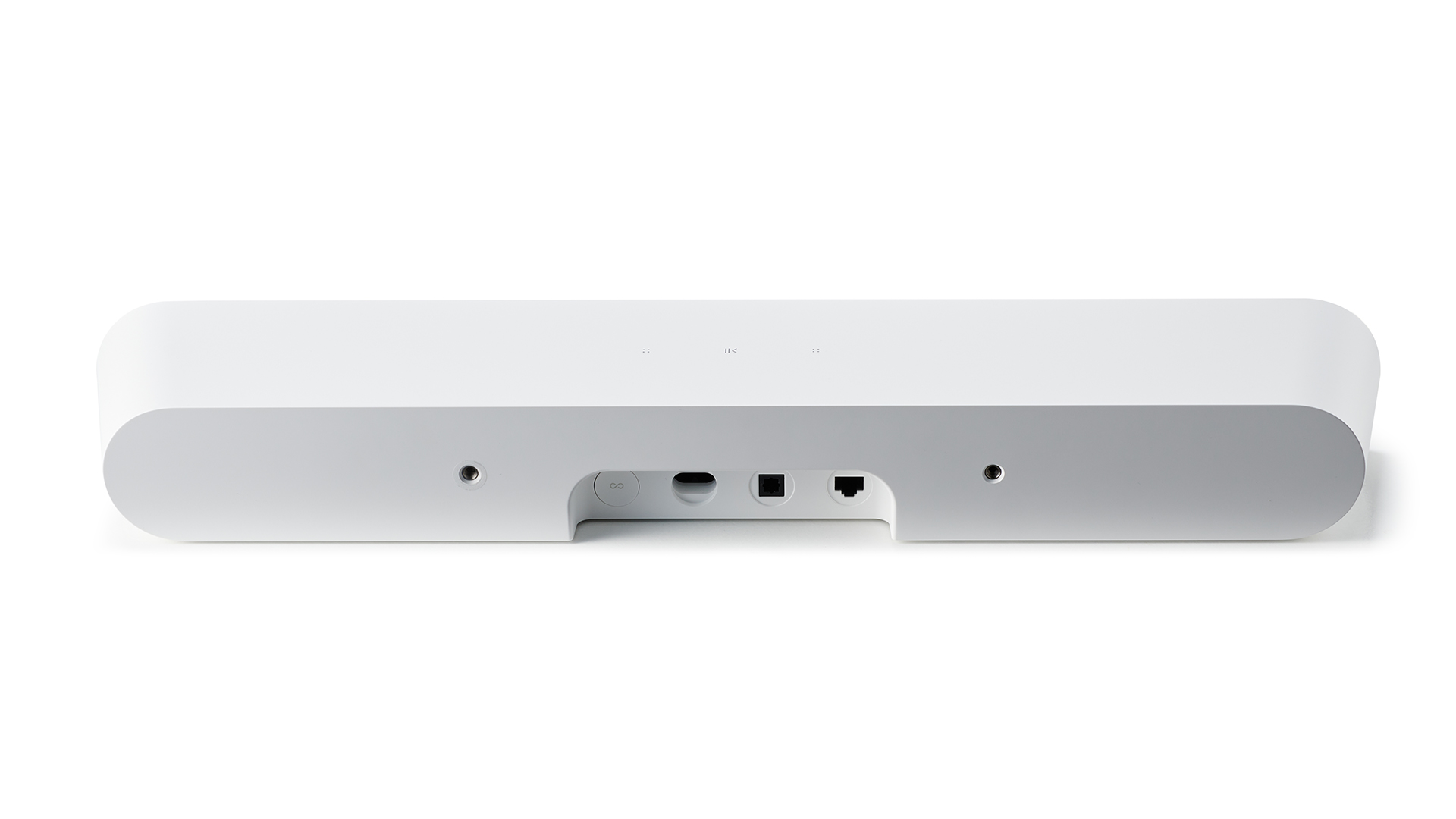3 key upgrades we want for the Sonos Ray 2
The original Sonos Ray was good – here's how the second could be great

It has been a busy time for Sonos with it launching its next-generation Era 300 and Era 100 smart speakers.
And with our team of audio experts having spent more hours in our test rooms reviewing the Sonos Era 300 and Sonos Era 100 we can safely confirm they are excellent, with both impressing us enough to score a perfect 5/5.
Jump over to our reviews and you’ll see a key reason for this is their ability to deliver a brilliant home cinema experience when paired with a Sonos Arc or Sonos Beam (Gen 2) soundbar.
But, while the Eras are great, reviewing them also got us thinking about what we’d like to see from the multi-room giant’s next affordable product – the fabled Sonos Ray 2.
Here’s our wishlist for things we’d like to see in Sonos' next entry-level soundbar.
A smaller design
To be clear the original Sonos Ray isn’t exactly “big”. The unit measures 7 x 56 x 10cm, which in the real world makes it the smallest unit in Sonos' current lineup, and significantly shorter than most of the soundbars to pass through our test room.
Placing it next to the Beam 2 it's around 9cm less wide, which makes a big difference in certain use cases. For example, the shorter width makes it quick and easy to set up on a shorter TV stand, designed for smaller 42 or 48-inch sets. It also makes it pretty much the only soundbar in Sonos' line-up that can be set up in a PC gaming rig, though you’ll need a fairly large desk.
The latest hi-fi, home cinema and tech news, reviews, buying advice and deals, direct to your inbox.
But, we’d like it to be tweaked to be even shorter. This is because during our checks we found its tapered design, where it’s nice and short at the back but a lot bigger at the front, meant it didn’t fit directly beneath most smaller TV sets – so you would still need a proper cabinet to make it sit nicely, which is a problem for people in very small living rooms, or those renting individual rooms.

Bassier sound
When we first reviewed the Ray, its handling of the low end was marred with distortion issues. Thankfully these were subsequently fixed via a firmware update – which is why we re-reviewed it and improved its score from 3/5 to 4/5 last year.
Considering what we just said above, this may sound like us asking to have our cake and eat it – as an aside, making speakers and soundbars smaller also makes it harder to improve things like max volume, and bass performance. But better handling of the low end is one of the biggest things we want from Sonos’ next Ray soundbar. Testing The Batman through the original Ray, the lower end didn’t have the same weight and pulse we got from the Beam 2, and in particularly difficult scenes minor amounts of distortion did still creep in.
That isn’t to say the unit’s bad – for the money the sound is good – it’s just that it could be better, which is why we’d like to see it improved on Sonos’ next-generation Ray.

Improved connectivity
Our other main bugbear when reviewing the Ray was its limited connectivity. For starters, there’s no Bluetooth, which given its affordable price felt weird as most of its target users probably use that connectivity as their primary means to stream.
But, more importantly, it doesn’t have any HDMI, ARC/eARC, or USB connectivity. The only way to wire it to anything is via optical.
We’re not expecting Sonos to be able to load it with eARC and support for Dolby Atmos audio. But, we would like at the very least to have HDMI 2.0 and USB connectivity. The latter would be a particularly nice addition for PC users, to which Sonos markets the Ray directly.
MORE:
These are the best soundbars we've reviewed
Check our curated picks of the best Dolby Atmos soundbars
Here's everything we want from the Sonos Move 2

Alastair is What Hi-Fi?’s editor in chief. He has well over a decade’s experience as a journalist working in both B2C and B2B press. During this time he’s covered everything from the launch of the first Amazon Echo to government cyber security policy. Prior to joining What Hi-Fi? he served as Trusted Reviews’ editor-in-chief. Outside of tech, he has a Masters from King’s College London in Ethics and the Philosophy of Religion, is an enthusiastic, but untalented, guitar player and runs a webcomic in his spare time.
